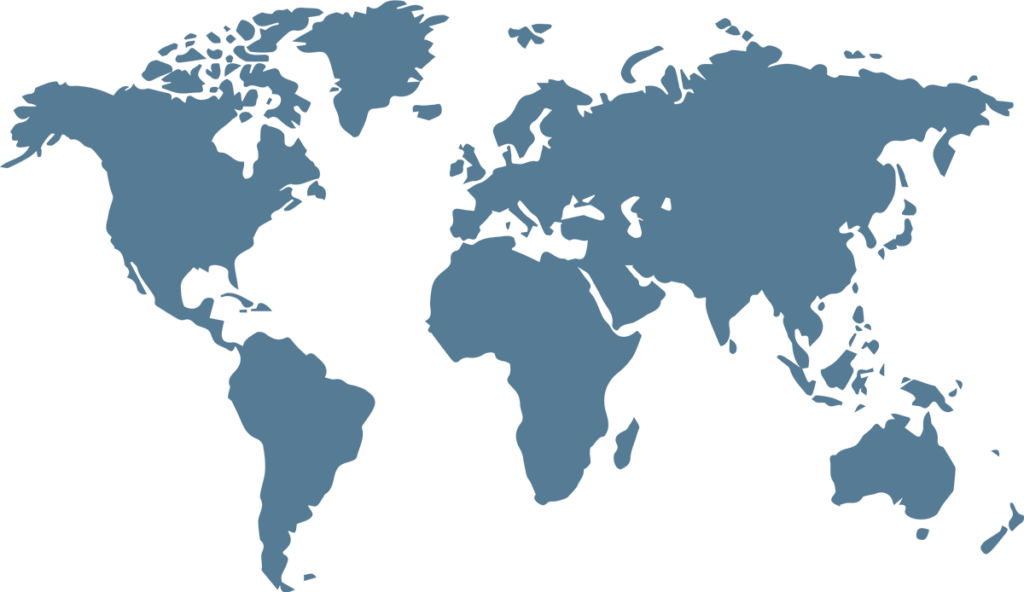Singapore could soon be given the green light to import 1 gigawatt (GW) of renewable energy yearly from Cambodia.
The new deal would be the Republic’s largest cross-border electricity contract to date, making up a quarter of the nation’s low-carbon electricity import target by 2035, and about 8 per cent of the entire country’s needs that year.
The Energy Market Authority (EMA) said on Thursday that electricity retailer Keppel Energy has received conditional approval to import hydropower, solar and potentially wind power from Cambodia’s Royal Group Power Company via new subsea cables that would transmit the electricity over more than 1,000km.
The 1GW of electricity when supplied over a year, which can power all households here (about 1.4 million) annually, could potentially be scaled up to include renewable energy sources from Laos as well.
The approval will be finalised after Keppel has conducted further studies on its viability and secures regulatory approvals from the relevant governments
If the project continues to meet the agency’s requirements and conditions, it will eventually be granted a conditional licence, followed by a full importer licence, EMA added.
The Republic has a target of importing 4GW of low-carbon electricity by 2035, which will make up about 30 per cent of Singapore’s projected energy supply in the same year.
Speaking at the signing ceremony for the power purchase agreement between the two countries, Second Minister for Trade and Industry Tan See Leng said the transmission cables, at more than 1,000km, will be South-east Asia’s longest cross-border subsea cables when ready.
They would be longer than the 740km Viking Link Interconnector project between Denmark and Britain, the world’s longest subsea cable to date that is expected to be completed by end-2023.
The project with Cambodia would be supplemented by battery energy storage systems to store excess wind and solar power, as well as pumped storage hydropower, which acts like a giant battery to store power and release it when needed.
Pumped storage hydropower typically involves two water reservoirs at different elevations that can generate power as water moves down from one to the other, passing through a turbine.
The project is expected to start after 2030.
A spokesman for Keppel Infrastructure told The Straits Times that the renewable energy will be transmitted through power lines and subsea high-voltage transmission cables from Cambodia to Singapore, and is assessed to be commercially and technically feasible.
The project will require the enhancement of existing infrastructure and the building of new ones.
Asked if any studies are being done on the impact of high-voltage subsea cables on biodiversity, the Keppel spokesman said an environment impact assessment will be done during further development works.
Noting that the project would be a significant milestone for Singapore’s electricity import target, EMA said it had preliminarily assessed the project to be technically and commercially viable, and it meets the agency’s carbon emission requirements.
Therefore, the conditional approval “provides recognition to the project”, the authority added.
Dr Tan, who is also Minister for Manpower, said the cross-border trading project between Cambodia and Singapore also builds on the successful commencement of the Lao PDR-Thailand-Malaysia-Singapore Power Integration Project, which began in June 2022 and imports up to 100MW of hydropower from Laos to Singapore, via Thailand and Malaysia.
“This opens up opportunities for further interconnections to South-east Asian countries and contributes to the realisation of the Asean Power Grid vision,” he said.
“Energy collaborations across borders can help to realise our region’s potential for collective decarbonisation by unlocking renewable energy potential, and economic growth by stimulating clean energy investment flows and generating new green jobs.”
The EMA said it has received more than 20 proposals from six countries – Australia, Cambodia, Indonesia, Laos, Malaysia and Thailand – to export solar, wind, and hydropower and geothermal energy to Singapore.
It is still asking for proposals for low-carbon electricity imports, and interested parties can submit their proposals before Dec 29.
Source : Straits Times


